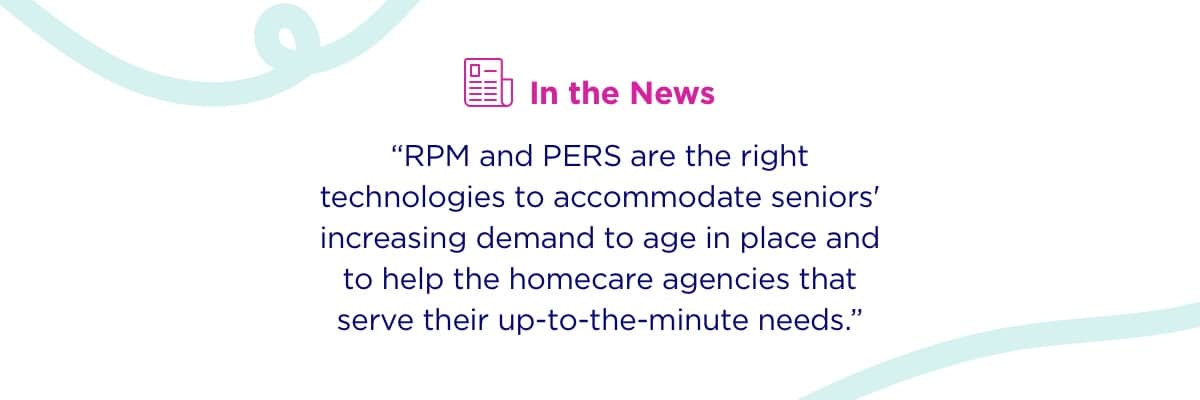Today’s seniors are facing rising costs when it comes to paying for their health care, food, medication, and personal care items. For some, this means making decisions to cut back on areas that are affecting their health and life. In her latest byline for HomeCare Magazine, Rosemary Kennedy, Connect America’s Chief Informatics Officer explores the benefits of Personal Emergency Response Systems (PERS) and Remote Patient Monitoring (RPM) for people aging in place.
Rising Costs for Seniors
Over the next year, many adults over 65 are concerned they won’t be able to pay for health care services. Due to the increased costs, the situation can be dire, as some seniors will even sacrifice basic needs simply to afford care. The other option older adults are taking is to avoid needed care, therefore lessening that cost burden, which could further exacerbate the health problems they are experiencing.
Ways PERS and RPM Can Help
Personal emergency response systems (PERS) and remote patient monitoring (RPM) are two important technologies that offer a way for older adults and vulnerable populations to save money, so they don’t have to take drastic measures like skipping meals and medications to save money. In fact, these services allow many to remain in their homes, patients save on the substantial costs associated with assisted-living facilities, which can average as much as $9,000 per month.
Getting a Clear Picture of Social Determinants of Health
Data from technology like emergency response systems (PERS) and remote patient monitoring (RPM) can help get a clearer picture of nonmedical challenges seniors are facing, and therefore better address these issues.

